When we think of companion animals, our minds often jump to cats and dogs. However, the animal kingdom offers a delightful array of smaller mammals that crave social bonds and thrive on human interaction. These pocket-sized companions, with their unique personalities and endearing habits, can form surprisingly deep connections with their human caregivers. From ferrets that perform playful “war dances” to rats that recognize their names, the world of mini mammals offers fascinating opportunities for meaningful interspecies relationships. In this article, we’ll explore these remarkable creatures, examining what makes them so social, how they communicate with humans, and what to expect if you welcome one into your home.
Ferrets: The Playful Pranksters
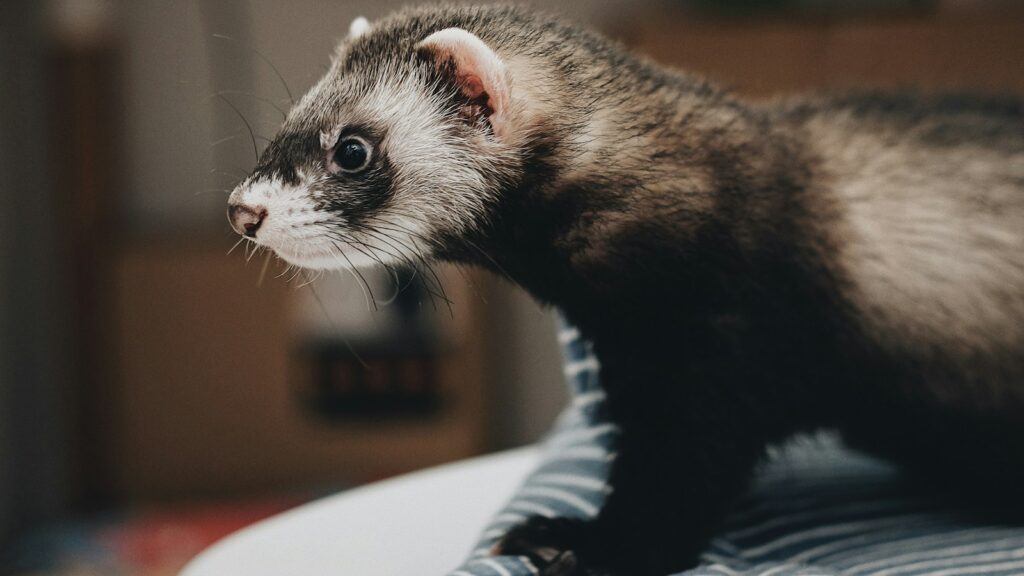
Domesticated for over 2,500 years, ferrets have evolved alongside humans to become one of the most interactive small pets available. These energetic members of the weasel family are known for their boundless curiosity and exuberant “dooking” sounds they make when excited. Ferrets recognize their owners, respond to their names, and often form strong attachments, following their humans around like miniature, more mischievous dogs. Their famous “war dance” – a chaotic bouncing and hopping display – is a sign of ultimate happiness and an invitation to play. Many ferret owners report that their pets greet them at the door and actively seek out cuddle sessions when they’re not busy investigating every nook and cranny of their environment.
Rats: The Misunderstood Geniuses
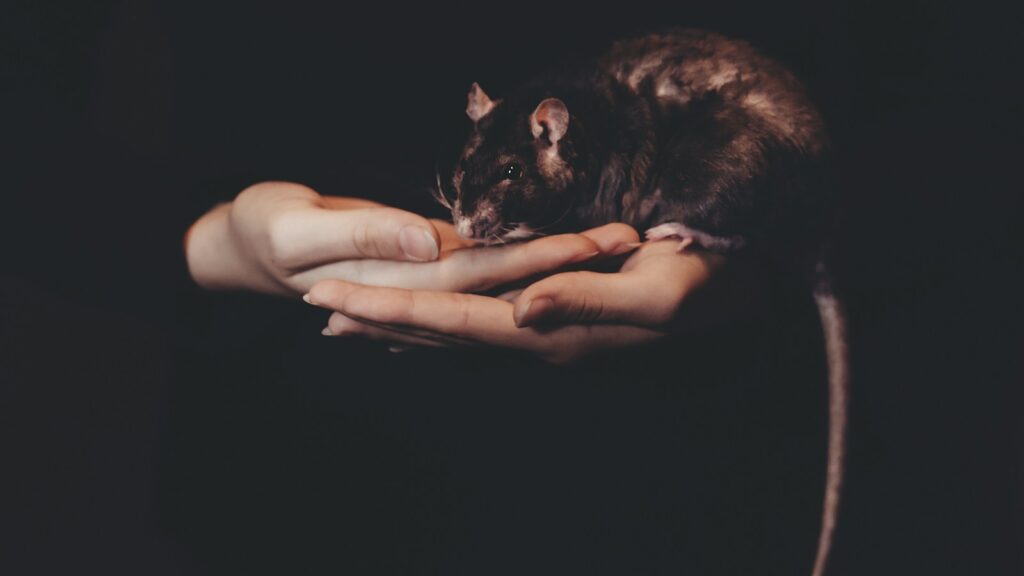
Despite their unfortunate reputation, fancy rats are extraordinarily social creatures with intelligence that rivals that of dogs. These rodents recognize their human caregivers by both sight and scent, responding uniquely to their owners versus strangers. Researchers have discovered that rats actually laugh when tickled (though at frequencies inaudible to human ears) and will seek out this interaction repeatedly. They can learn their names, come when called, and master dozens of tricks through positive reinforcement. Perhaps most touching is rats’ capacity for empathy – studies have shown they will help other rats in distress and even share food, suggesting a level of emotional intelligence that translates to their human relationships. Many rat owners are surprised by how bonded these animals become, often riding on shoulders and actively seeking out human company.
Sugar Gliders: The Pocket-Sized Companions
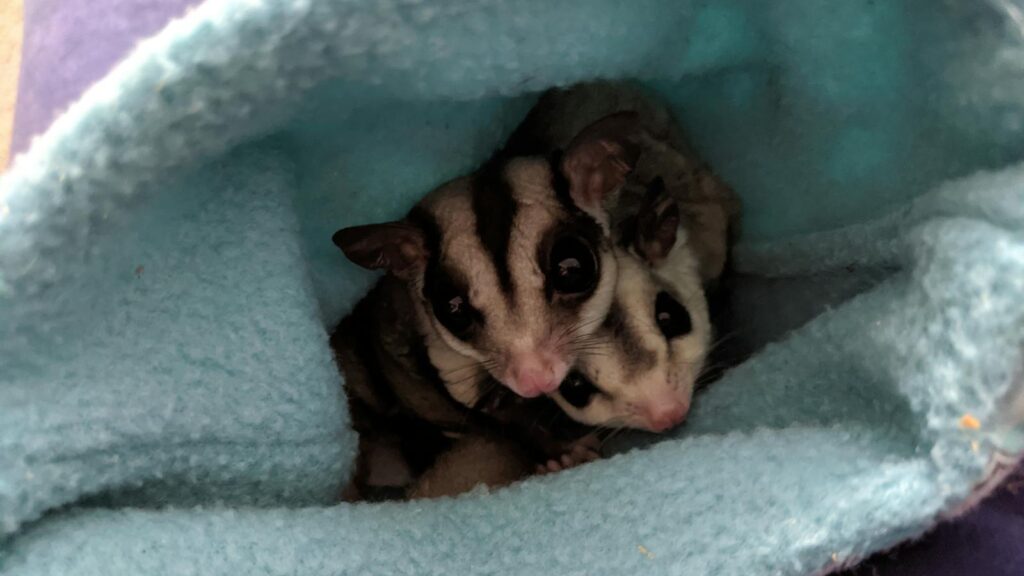
Native to Australia and Indonesia, sugar gliders are diminutive marsupials that form exceptionally strong bonds with their human caregivers. These nocturnal creatures practice something called “bonding” – a process where they become acclimated to a human’s scent by sleeping in a pouch carried against the body. Once bonded, sugar gliders recognize their person and often become quite protective, sometimes even refusing to interact with other humans. Their social nature runs deep; in the wild, they live in large family groups and can become depressed if kept alone in captivity. Sugar gliders communicate through various vocalizations, from gentle “barking” when excited to purring when content, creating a unique language between pet and owner that strengthens their connection.
Degus: The Chatty Socialites
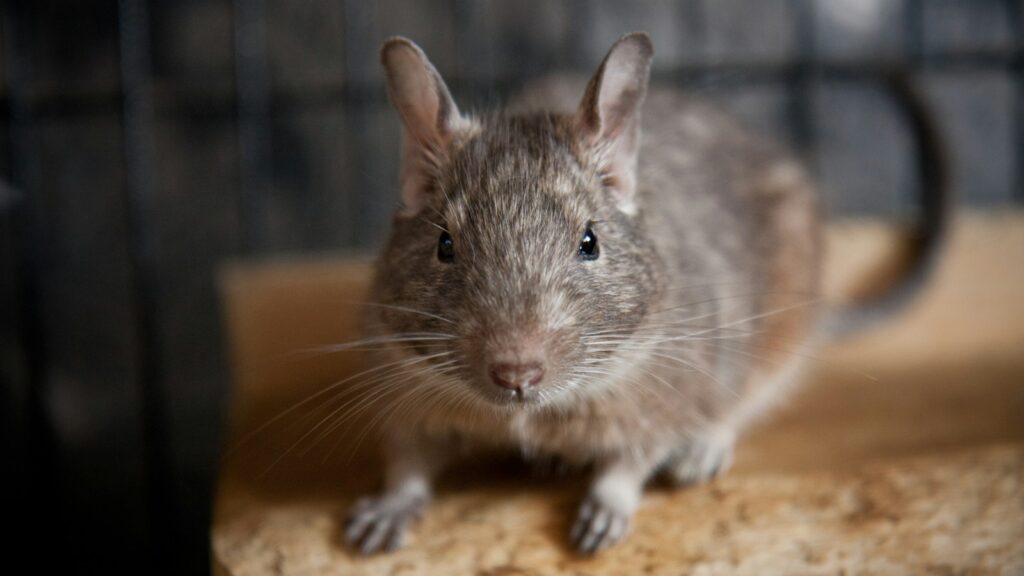
These South American rodents are among the most social creatures in the small mammal world, living in complex communities with sophisticated communication systems in the wild. Degus recognize individual humans and often respond differently to their primary caregivers versus strangers, showing preferences through their willingness to approach and interact. They communicate with an impressive range of vocalizations – over 15 distinct sounds – allowing them to “converse” with their human companions in a rudimentary yet meaningful way. Degus’ natural curiosity makes them keen to investigate new people, often climbing up arms and perching on shoulders once they feel comfortable. Their social nature means they form strong bonds not only with other degus but also with the humans who care for them, thriving on daily interaction and play.
Hedgehogs: The Prickly Charmers
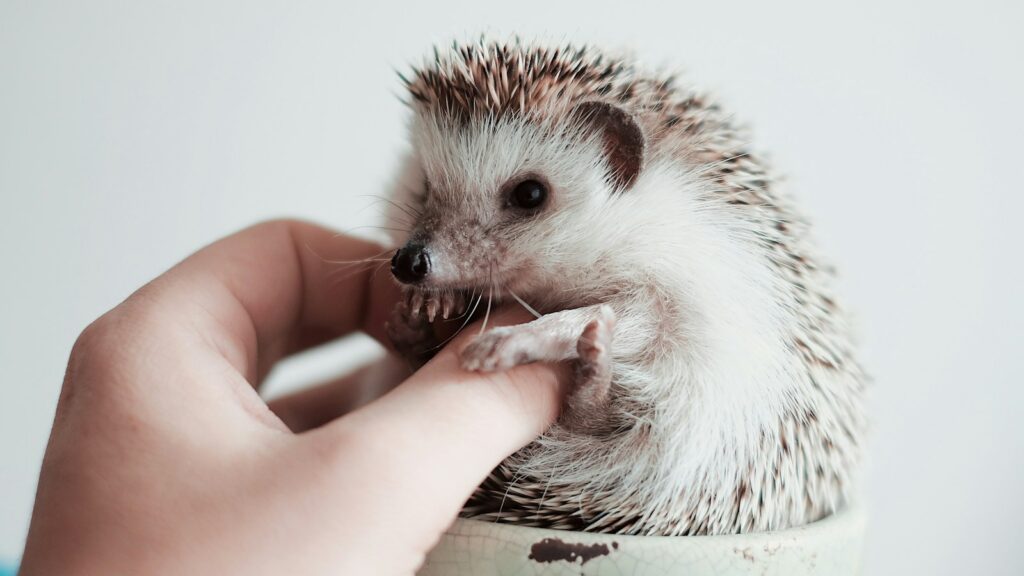
While not as naturally social as some other small mammals, hedgehogs can develop significant bonds with patient human companions. These spiny little creatures operate on trust, gradually learning to associate their caregivers with positive experiences rather than threat. A socialized hedgehog will show its comfort by relaxing its quills, uncurling to explore, and even falling asleep on its human’s lap – behaviors reserved exclusively for those it trusts. Hedgehogs recognize their owners’ scents and voices, often responding more positively to them than to strangers. Their unique personalities shine through with consistent handling; some become surprisingly interactive, climbing onto outstretched hands and exploring their owners’ bodies with curious sniffs and tiny footsteps.
Chinchillas: The Soft-Furred Entertainers
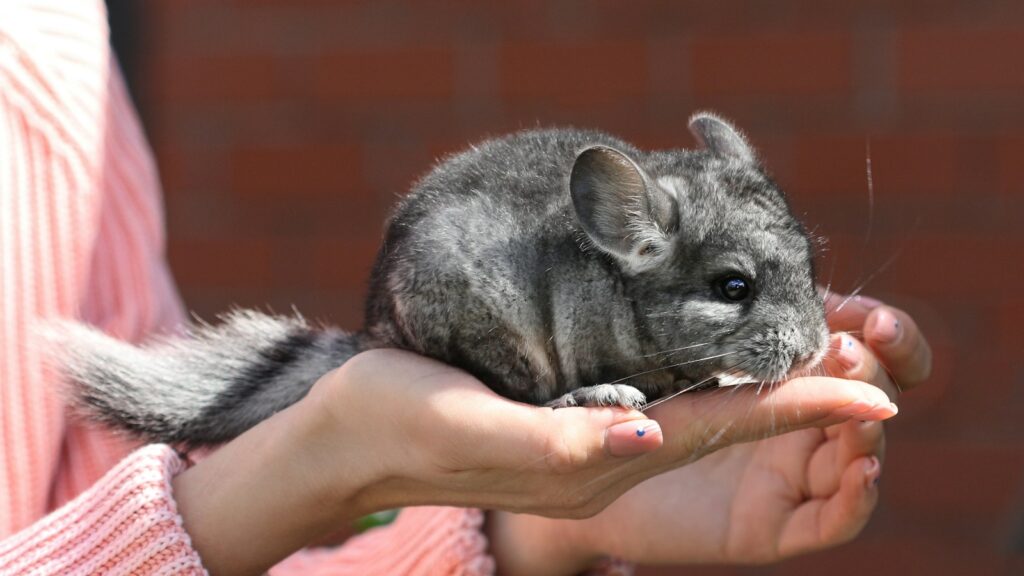
With lifespans that can reach 20 years, chinchillas offer the potential for long-term companionship uncommon among small pets. These South American natives possess remarkable memory, capable of recognizing their caregivers even after long separations. While not typically lap pets, socialized chinchillas express their affection through proximity – choosing to sit near their humans and sometimes even grooming them (a significant social behavior in chinchilla society). Their playful nature emerges in the evening hours when they’re most active, performing acrobatic jumps and sprints seemingly for their owners’ entertainment. Chinchillas communicate their contentment through a gentle vocalization called “bruxing” – a soft tooth grinding that indicates relaxation and happiness in trusted company.
Short-Tailed Opossums: The Pocket-Sized Exotics
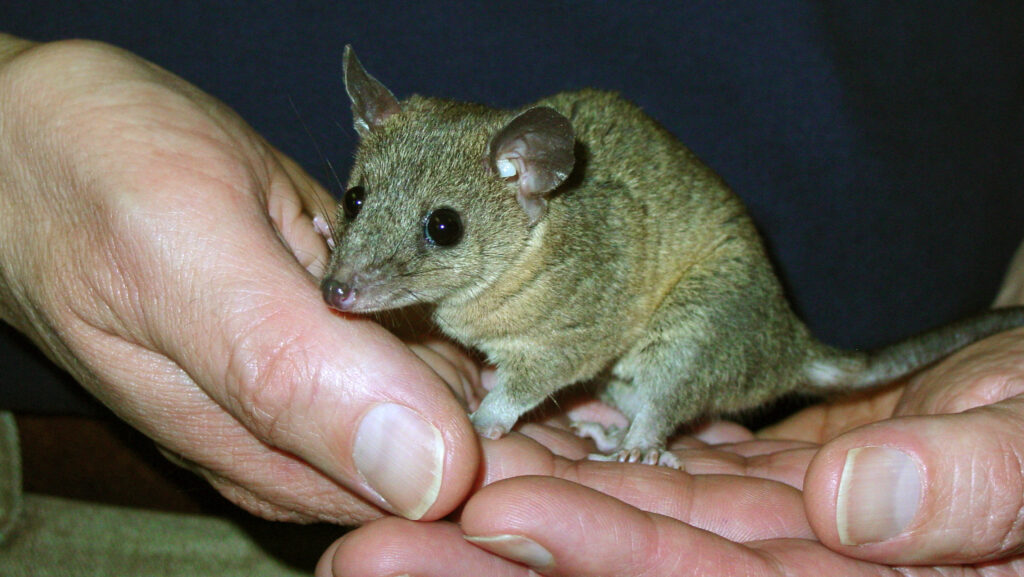
Unlike their larger North American cousins, short-tailed opossums are small, handleable marsupials that can form surprising bonds with human caregivers. Native to South America, these solitary creatures in the wild nonetheless adapt well to human interaction, often recognizing their owners and responding to gentle handling. They communicate through a series of clicks, chirps, and purrs that owners soon learn to interpret as expressions of various emotional states. Short-tailed opossums demonstrate their comfort with trusted humans by remaining calm during handling and sometimes seeking out interaction by climbing to the front of their enclosure when their person approaches. Their curious nature makes them engaging companions as they investigate new scents, textures, and environments during supervised exploration time.
Prairie Dogs: The Communicative Colonizers
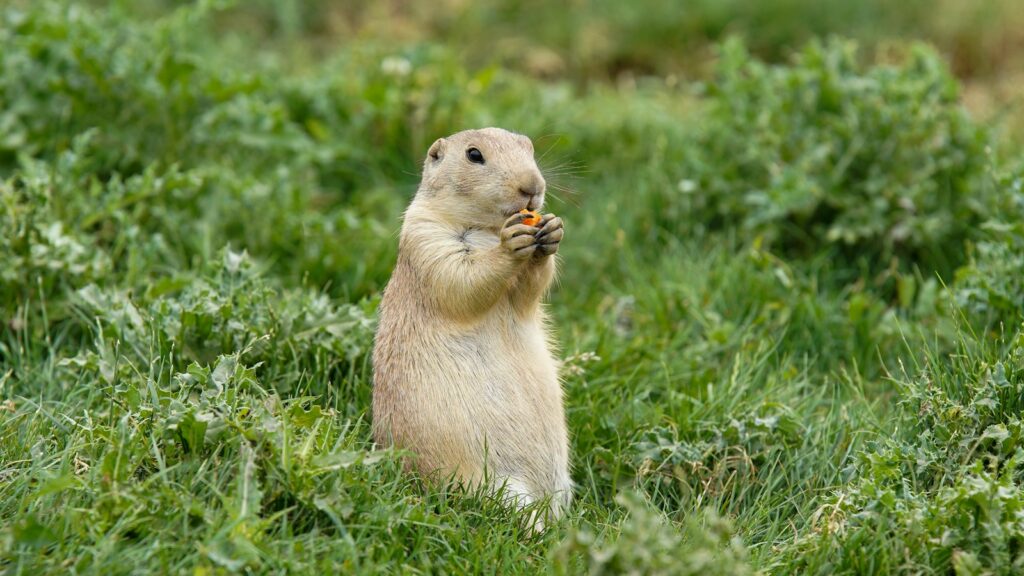
These ground-dwelling squirrels possess one of the most sophisticated languages in the animal kingdom, with specific “words” for different predators and situations. When kept as pets, prairie dogs transfer this communicative nature to their relationships with humans, developing specific calls for their caregivers. They greet their humans with enthusiastic jumps, distinctive vocalizations, and “kisses” – gentle touches of their mouths to their person’s skin. Prairie dogs’ highly social nature (in the wild, they live in vast underground colonies) translates to a need for interaction and attention in captivity. Their capacity for bond formation is so strong that properly socialized prairie dogs may become distressed when separated from their human family members for extended periods.
Hamsters: The Independent Individualists

While generally less social than many small mammals, certain hamster species, particularly Syrian hamsters, can develop meaningful relationships with careful and consistent human interaction. These popular pets recognize their caregivers through scent and routine, often becoming more relaxed with their primary person than with strangers. Hamsters communicate their comfort level through body language; a hamster that willingly climbs onto its owner’s hand without coaxing is demonstrating significant trust. Their nocturnal nature means they’re most receptive to interaction in the evening hours, when they may eagerly explore their human’s arms and shoulders. Despite their reputation for independence, many hamster owners report their pets perking up and approaching the cage door when they enter the room, suggesting recognition and anticipation of positive interaction.
Flying Squirrels: The Bonding Gliders
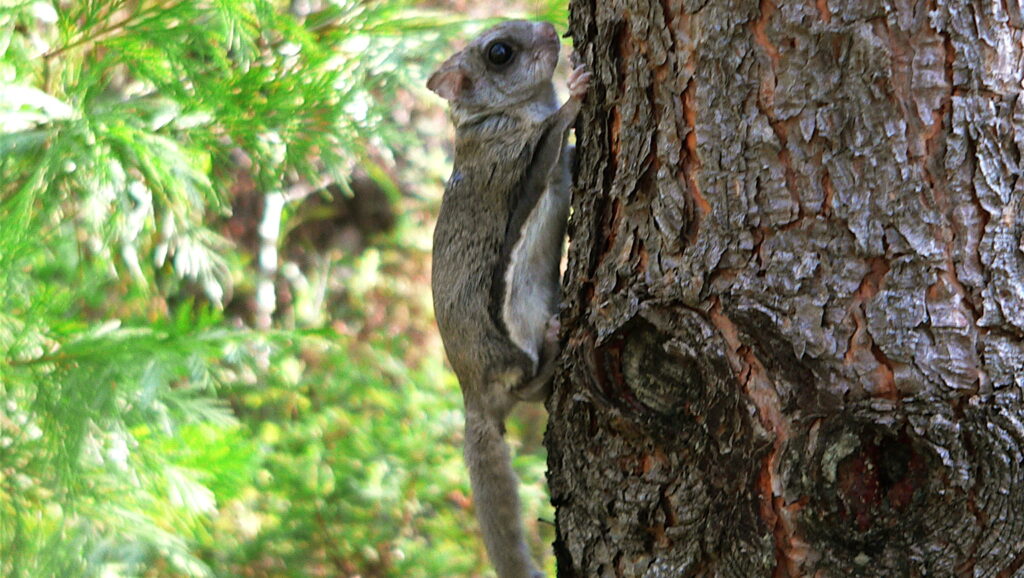
Despite their wild nature, southern and northern flying squirrels can develop extraordinary bonds with human caregivers when hand-raised from a young age. These nocturnal gliders recognize their owners by scent and voice, often responding enthusiastically to their presence while remaining wary of strangers. Flying squirrels demonstrate their affection by “tenting” – a behavior where they hide under their human’s clothing against the warm skin, mimicking their natural tendency to nest together in the wild. Their social nature is so pronounced that bonded flying squirrels will actively seek out their humans, gliding to them when called and remaining close during their active evening hours. The bond can become so strong that some flying squirrels appear to grieve when separated from their primary human caregiver.
Gerbils: The Desert Socialites
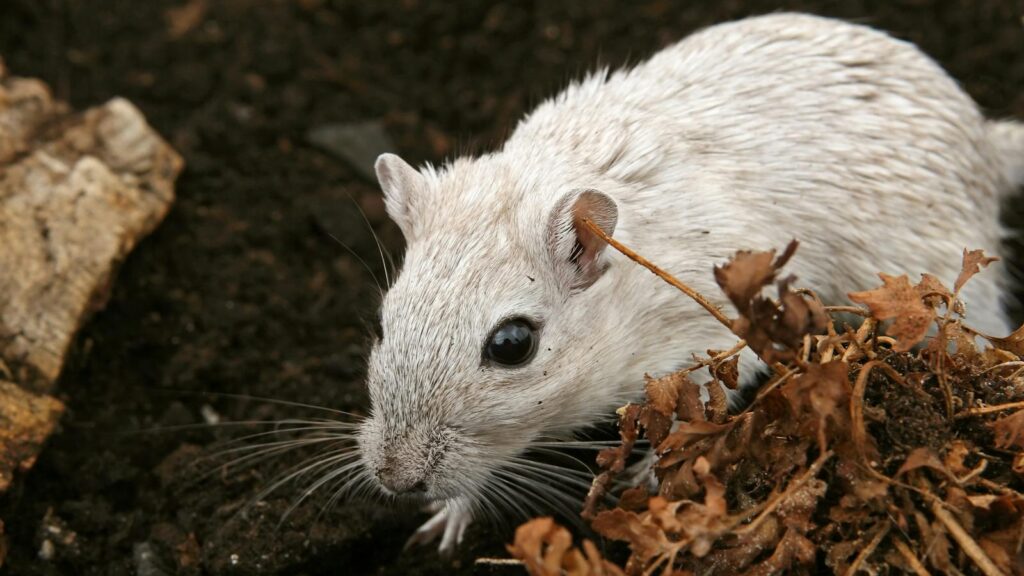
Evolved for life in arid regions of Mongolia and northern China, gerbils have adapted to thrive in close-knit family groups, a social structure that translates well to human interaction. These energetic rodents recognize their caregivers through scent and routine, often becoming visibly excited when their primary human approaches their habitat. Gerbils communicate their comfort and curiosity through “thumping” – a rapid drumming of their back feet that can indicate anything from alarm to excitement when their favorite person appears. Their natural tendency to stand on hind legs (a wild behavior used to survey their surroundings for predators) allows them to interact with humans at eye level, creating engaging face-to-face connections. Well-socialized gerbils will eagerly climb onto offered hands and explore their owner’s arms and shoulders, demonstrating the trust that develops through consistent positive interaction.
Guinea Pigs: The Vocal Conversationalists
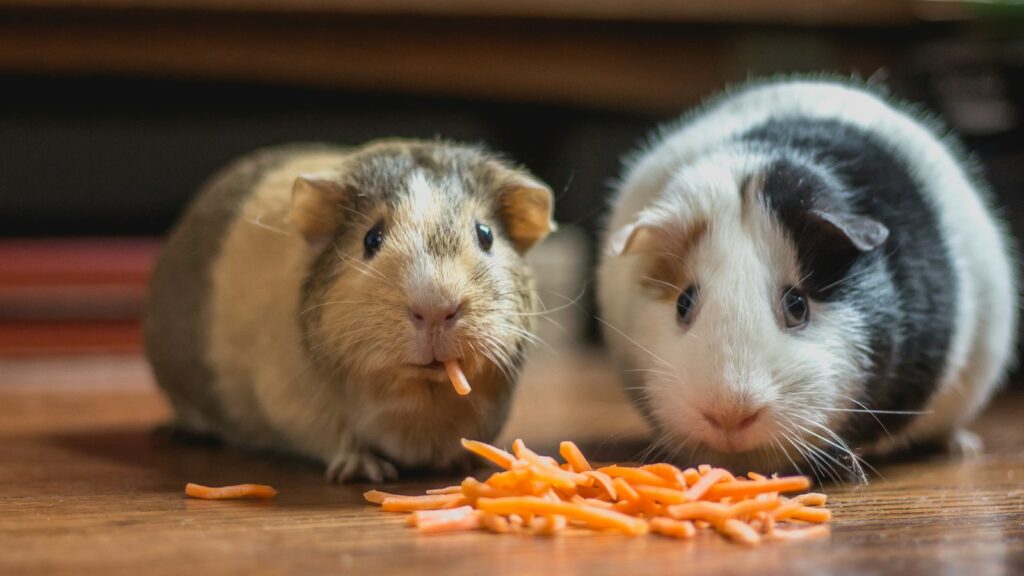
Among the most vocal of small pets, guinea pigs communicate with a rich vocabulary of sounds that attentive owners quickly learn to interpret. Their famous “wheeks” of excitement when they hear their human approaching with food evolve into more nuanced vocalizations as the relationship deepens. Guinea pigs remember individual people, often responding differently to their primary caregiver versus strangers through body language and willingness to approach. They show affection through “popcorning” – spontaneous leaps and twists that indicate happiness and comfort in familiar company. Long domesticated for companionship, guinea pigs have evolved alongside humans to become one of the most interactive rodent pets, capable of forming relationships so strong that many will come when called by name and settle contentedly on their human’s lap for extended periods.
Responsible Ownership of Social Mini Mammals
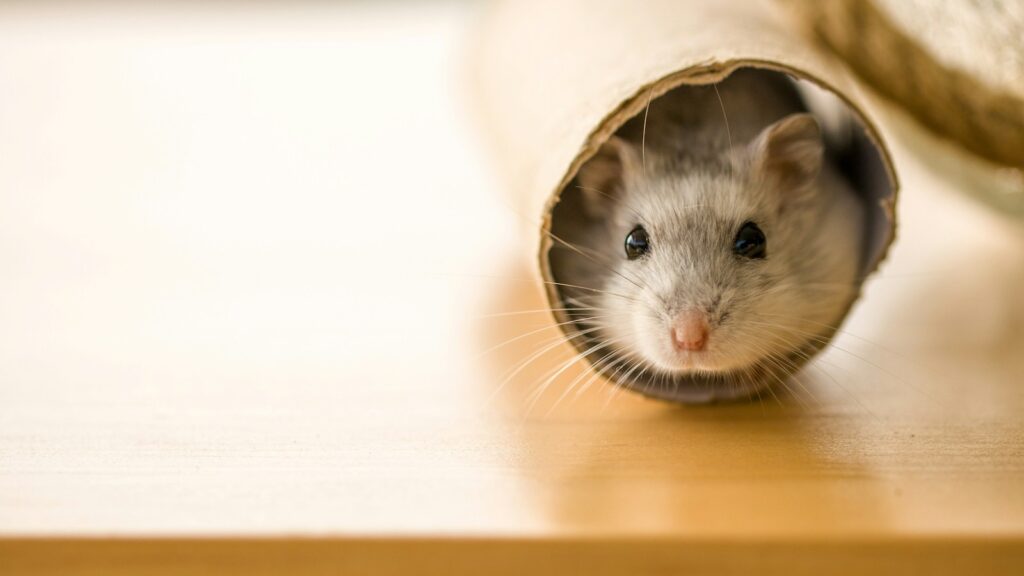
The social nature of these small mammals creates a special responsibility for their human caregivers to meet both their physical and emotional needs. Many of these species suffer from depression and stress-related illnesses when kept in isolation or without adequate interaction. Before bringing home any of these creatures, potential owners should research the specific time commitments required – from daily handling sessions with hedgehogs to ensure they remain socialized, to the extensive out-of-cage time needed for ferrets. Most of these animals also benefit from same-species companionship alongside human interaction, with some (like rats and gerbils) actually requiring it for their psychological well-being. Responsible ownership means committing to the animal’s full lifespan, which can range from just a few years for hamsters to two decades for chinchillas, ensuring consistent social enrichment throughout their lives.
The world of social mini mammals offers remarkable opportunities for connection with species we might not initially consider as companions. These small creatures, each with their unique communication styles and social needs, remind us that the capacity for meaningful interspecies bonds extends far beyond the traditional pet paradigm. Whether expressing affection through a ferret’s dook, a rat’s bruxing, or a guinea pig’s purr, these animals demonstrate that size has little bearing on the depth of relationship possible. For those willing to learn their language and meet their needs, these pocket-sized companions offer a window into different ways of experiencing the world and forming connections that enrich both human and animal lives alike.


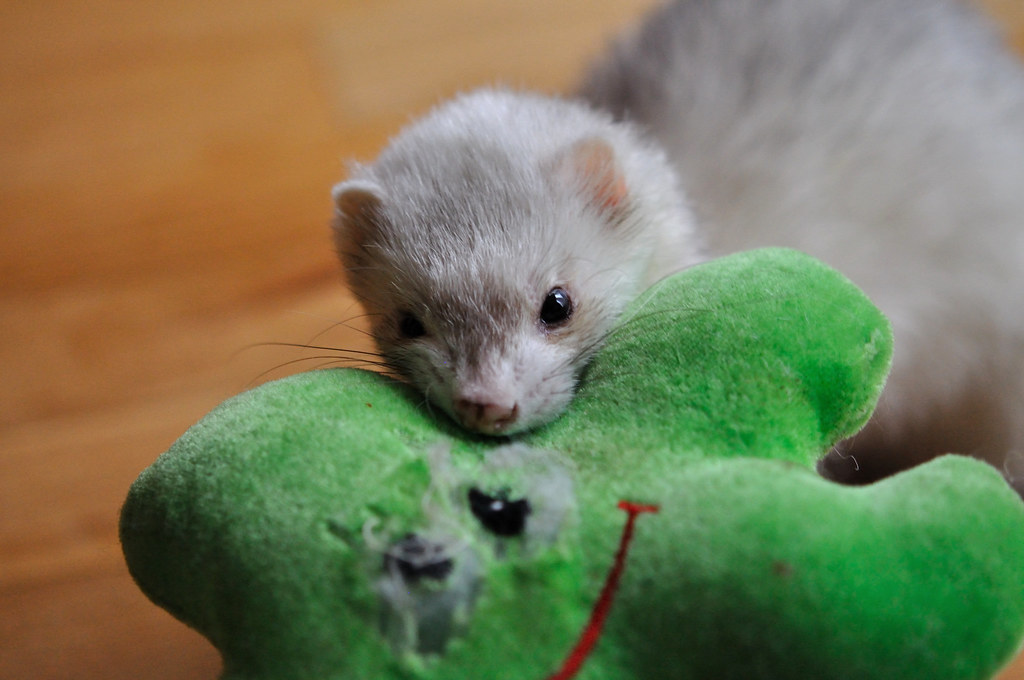
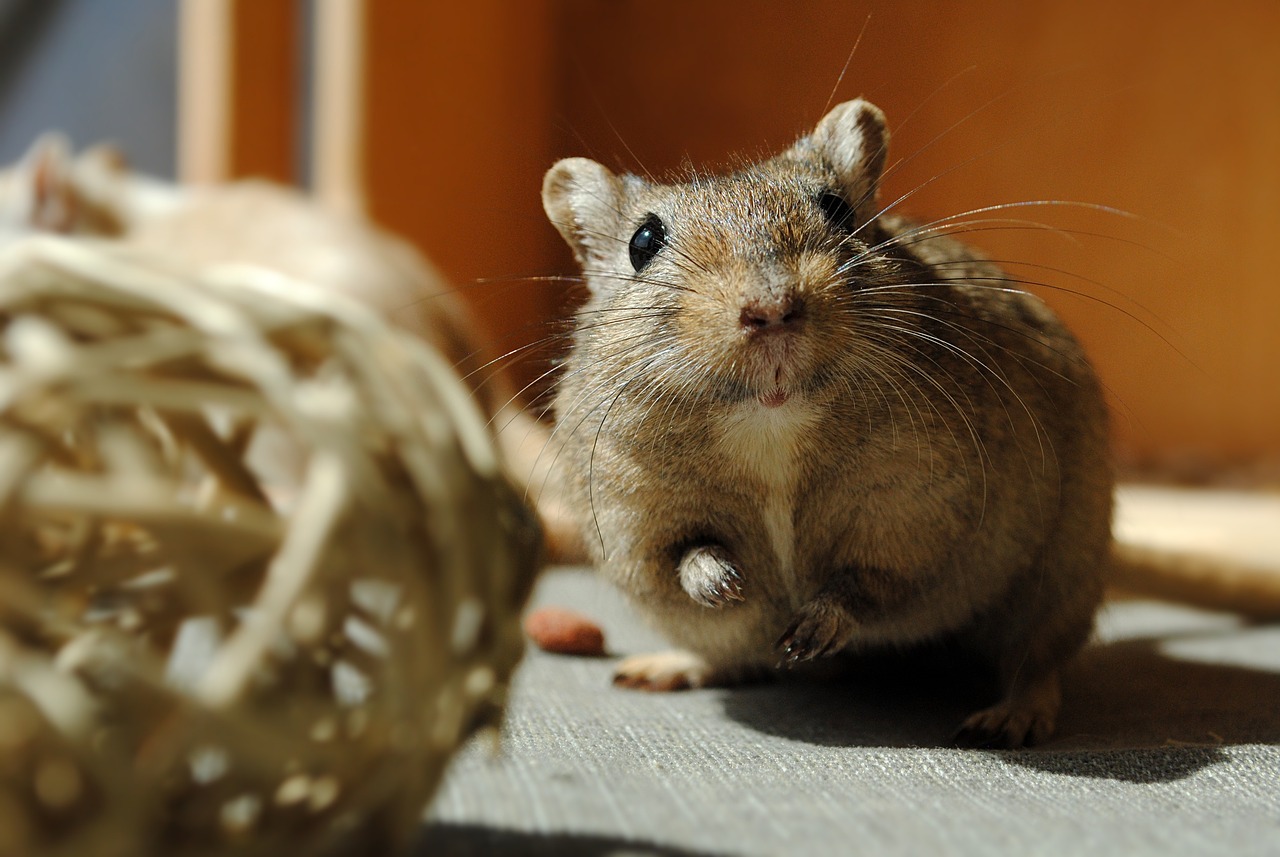

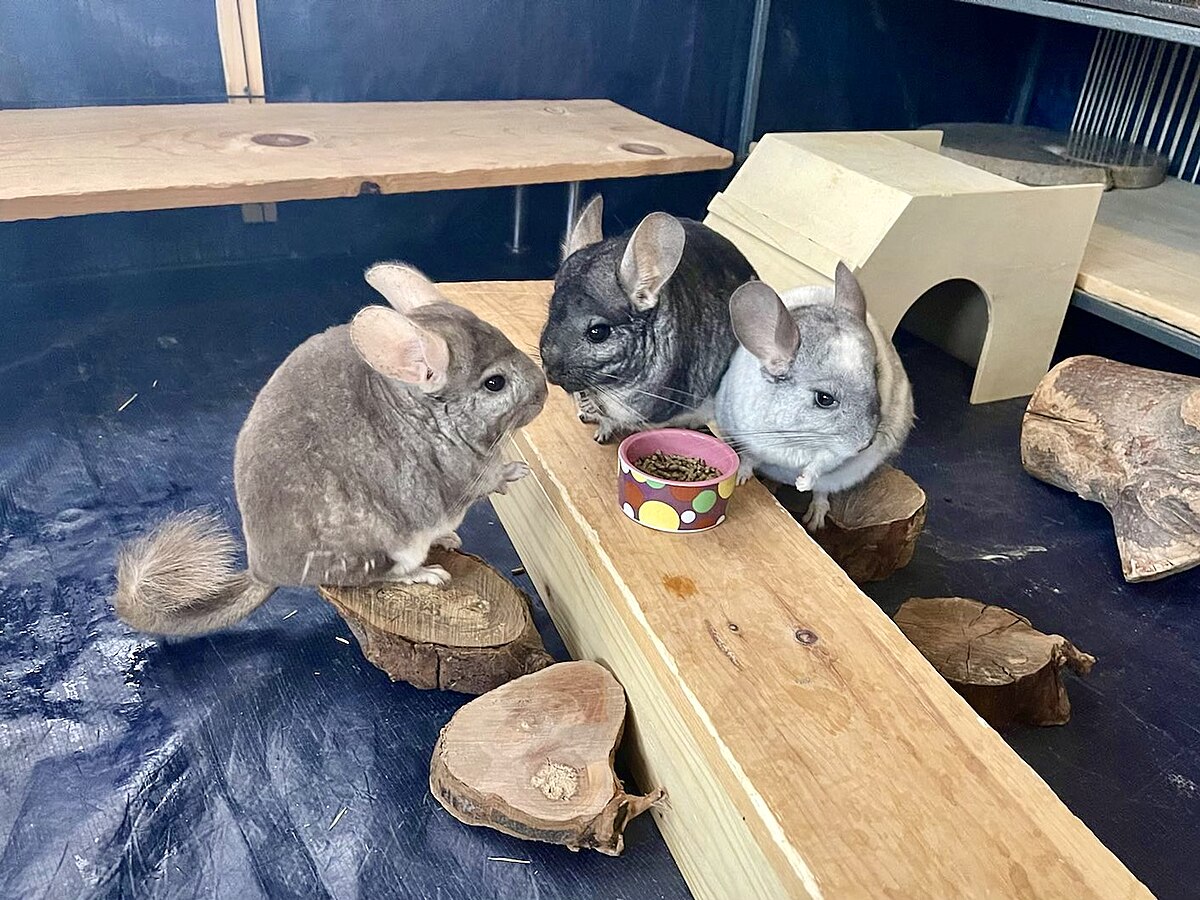
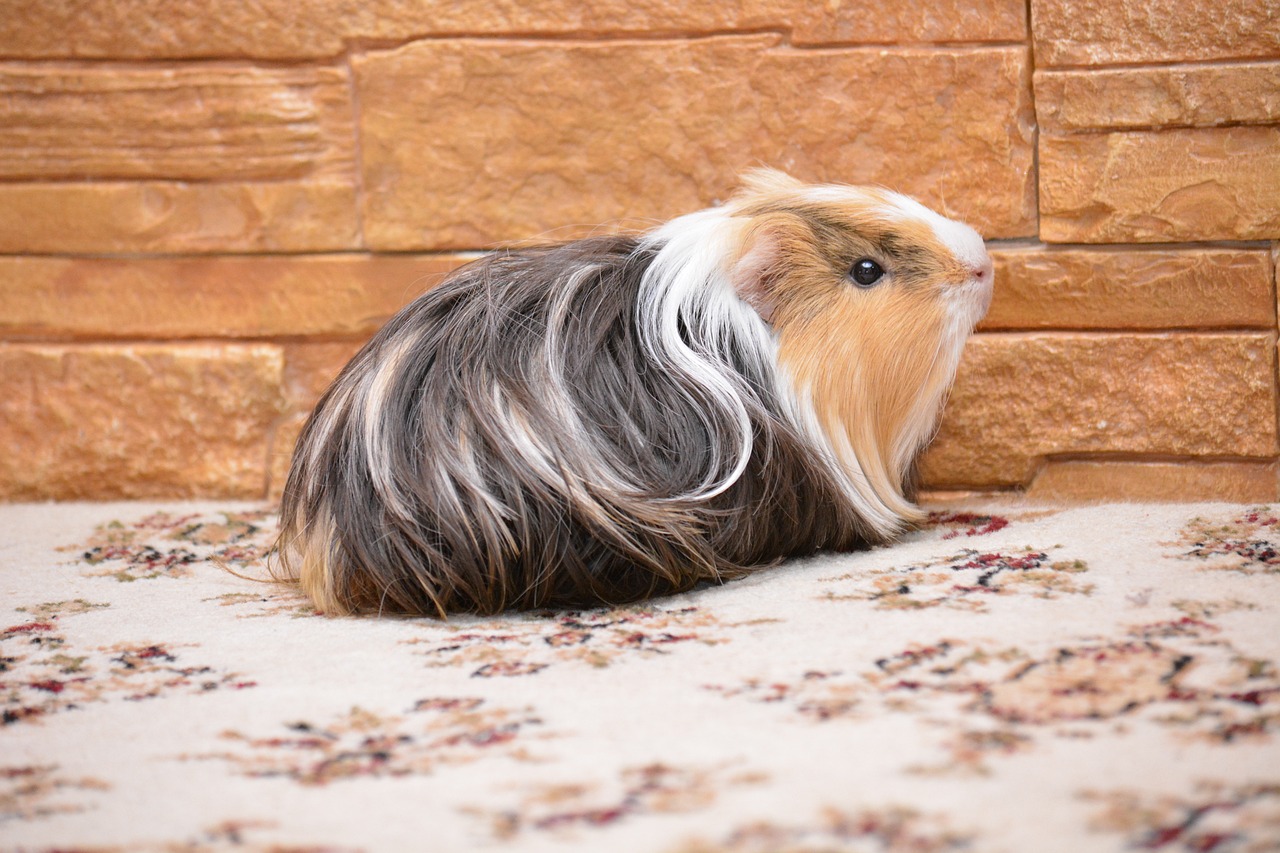
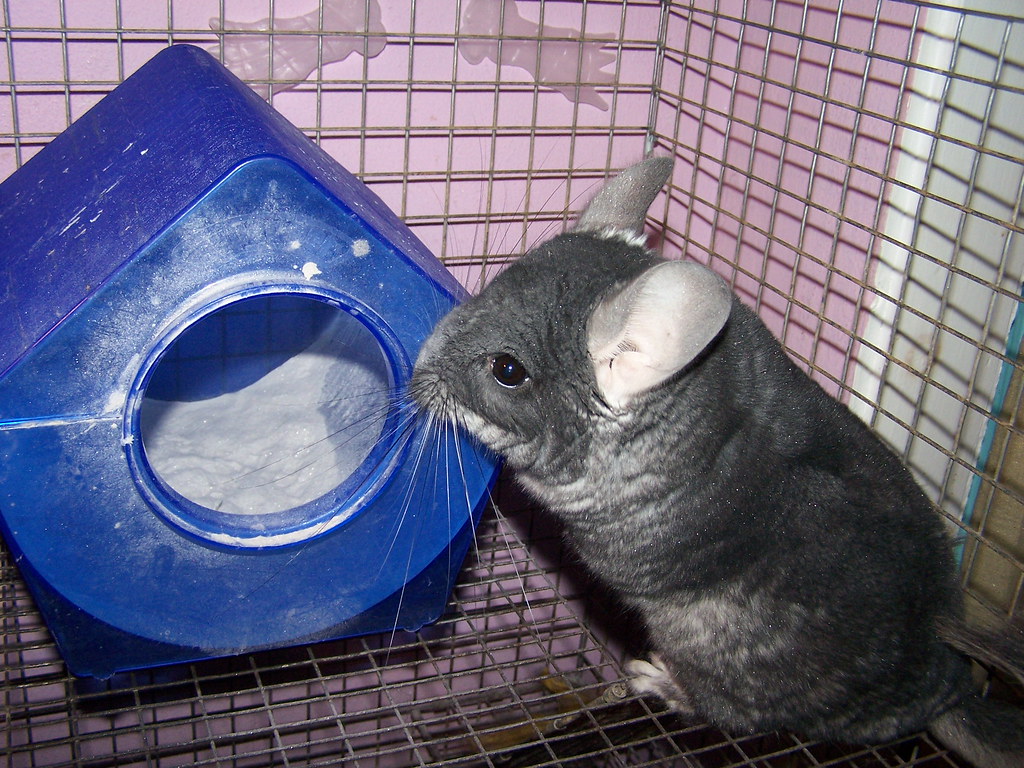

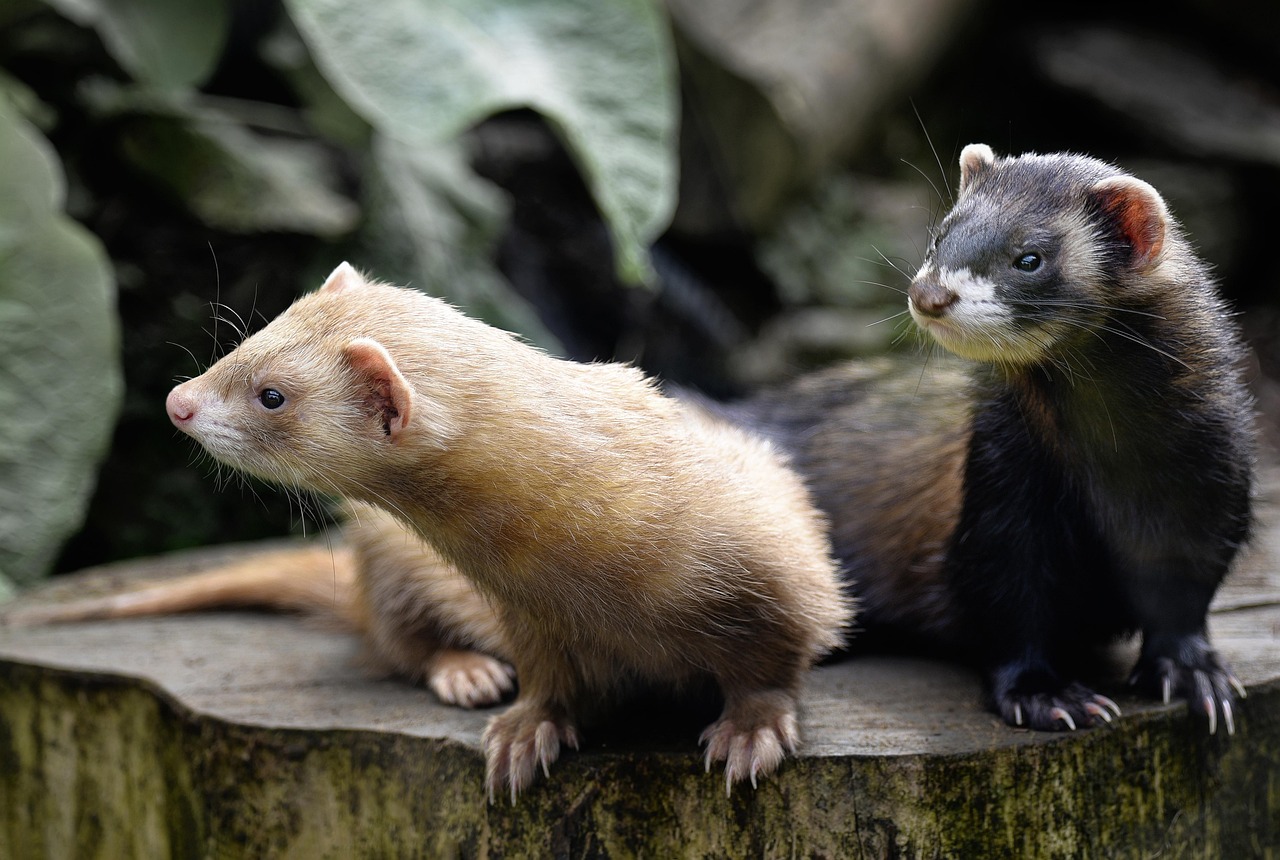
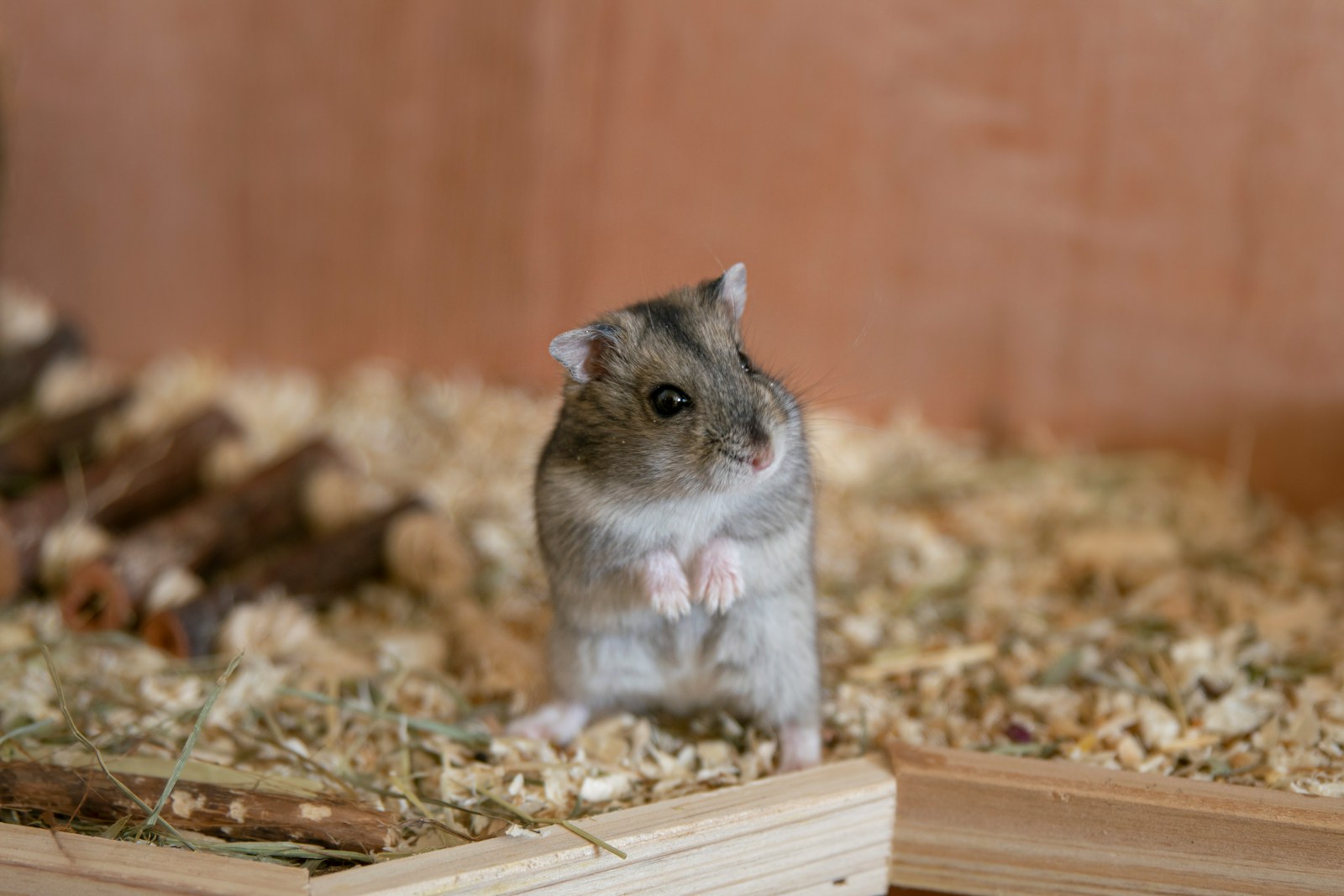
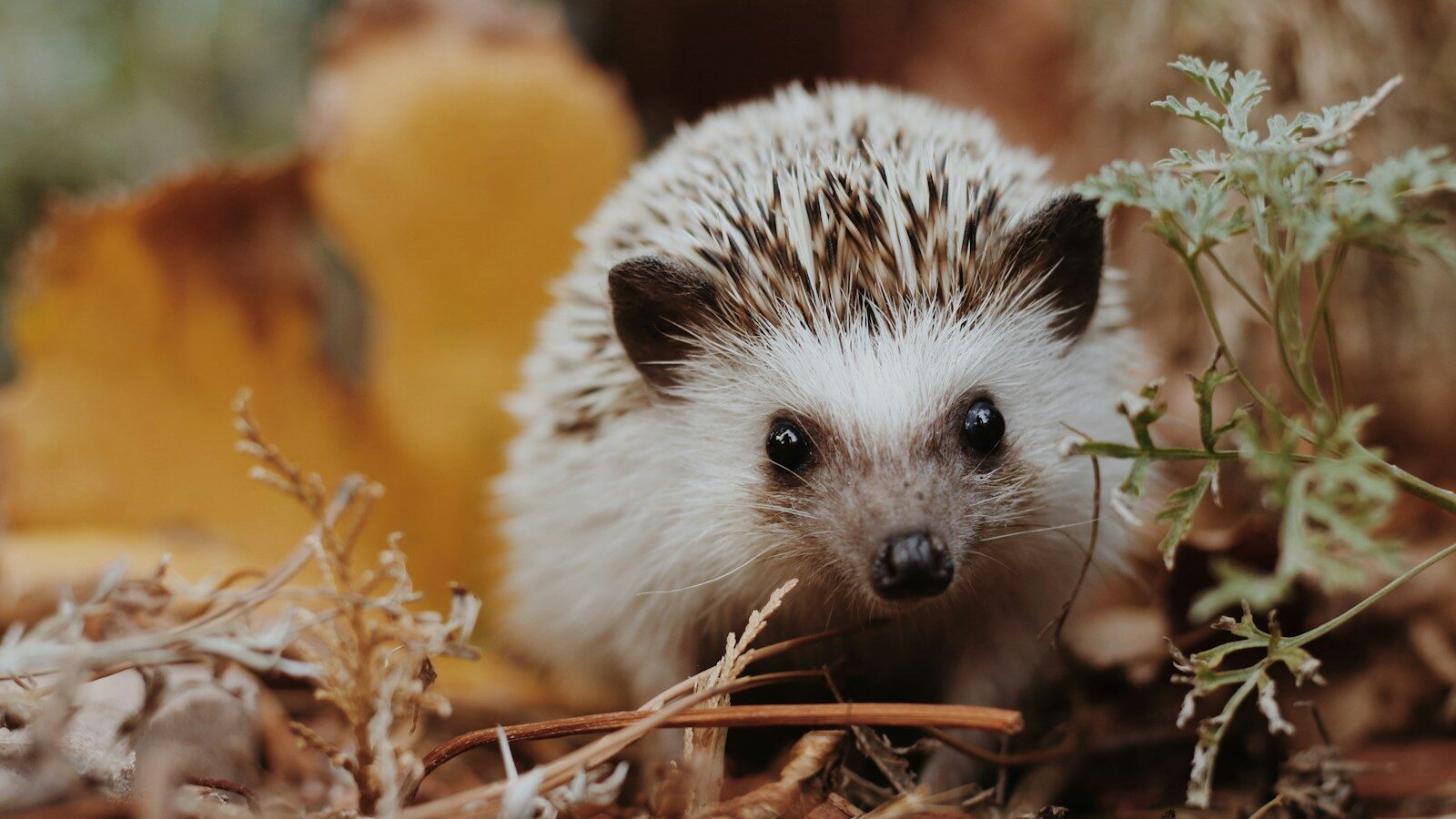




Leave a Reply